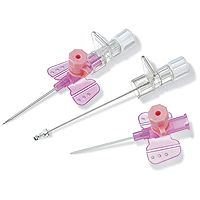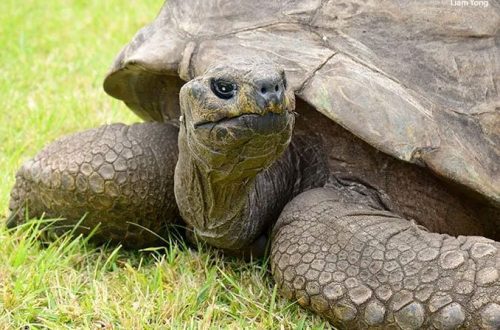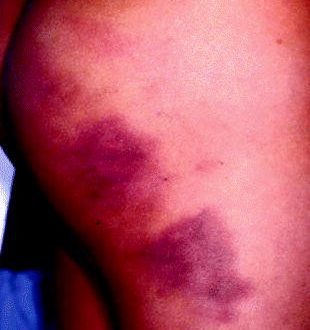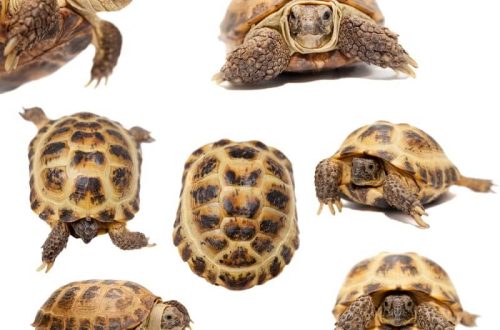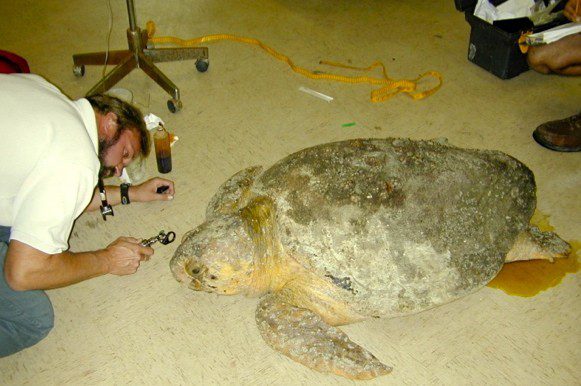
Увођење сонде у корњачу
Припрема:
1. Before use, the tube (for example, a piece of tube from a dropper or a silicone catheter) should be sterilized. Prepare a 5 or 10 ml syringe, which is cut at one end (the length of the syringe should be more than half the length of the turtle). Lubricate the tube with vegetable oil or vaseline oil.
2. Prepare Medicine or Nutrition Vegetable baby food, pureed thawed spinach or soaked iguana pellets are mixed with water until the mixture can be sucked into the spout of the syringe.
Draw the mixture into the syringe and attach the tube instead of the needle or onto the needle.
3. Since the preparation for the procedure is associated with the risk of being bitten, it is better to perform it over a soft bedding, because in case of a bite, you can reflexively release the turtle, and it will fall. It is better to carry out this manipulation with an assistant.
Probe Introduction:
1. The turtle should be taken behind the head with the thumb and middle fingers of the left hand vertically (head up, tail down), completely stretch its head. If the turtle is light, then you can hold the turtle only by the head, if it is heavy, then you can’t do without a pair of hands. Place the neck and head of the animal on the same line.
2. Note (by eye, or with a felt-tip pen on the probe) the depth of insertion. To do this, apply the probe from the side of the lower jaw along the plastron (lower part of the shell) and determine the distance from the turtle’s nose to the second seam of the plastron. That’s where the turtle’s stomach is located.
3. Next, you need to open your mouth with a flat tool (nail file, dental spatula, butter knife), insert something hard into the corner of your mouth so that it does not cover your mouth.
4. Then gently and slowly insert a catheter over the tongue (best of all, nasal or human endotracheal, they come in different diameters) and pass it to the level of the second transverse suture on the plastron. Avoid getting the catheter into the trachea, which begins just behind the tongue. Insert the probe slowly, helping the passage with light rotational movements.
5. Squeeze the contents of the syringe into the turtle. After the introduction of the medicine, do not let go of the head for 1-2 minutes, moving a light massage from the chin to the base of the neck.
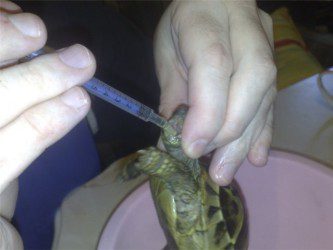
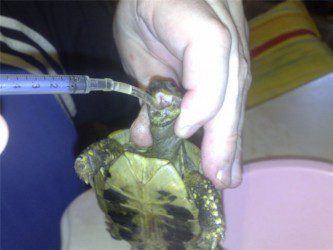
6. If after the introduction of medicine or food, the turtle blows bubbles in the nose, insert the probe more slowly next time and slightly rotate the catheter tube. Apparently, the tip of the tube rests against the wall of the stomach, that’s all and goes on top.
Одговарајућа опрема
For small turtles, it is recommended to use a 14G or 16G Braunül intravenous catheter to administer drugs directly into the stomach. Put on standard syringes. Naturally, you need to use the part without the needle. This is a small tube that is suitable for insertion into small turtles, 3-7 cm or larger. It is convenient because you don’t have to fool around with putting it on the syringe right away, plus the diameter of the plastic tube will not damage the turtle if it is inserted correctly. They are sold in medical equipment, in Internet pharmacies, in pharmacies at hospitals (especially where there is children’s surgery). 